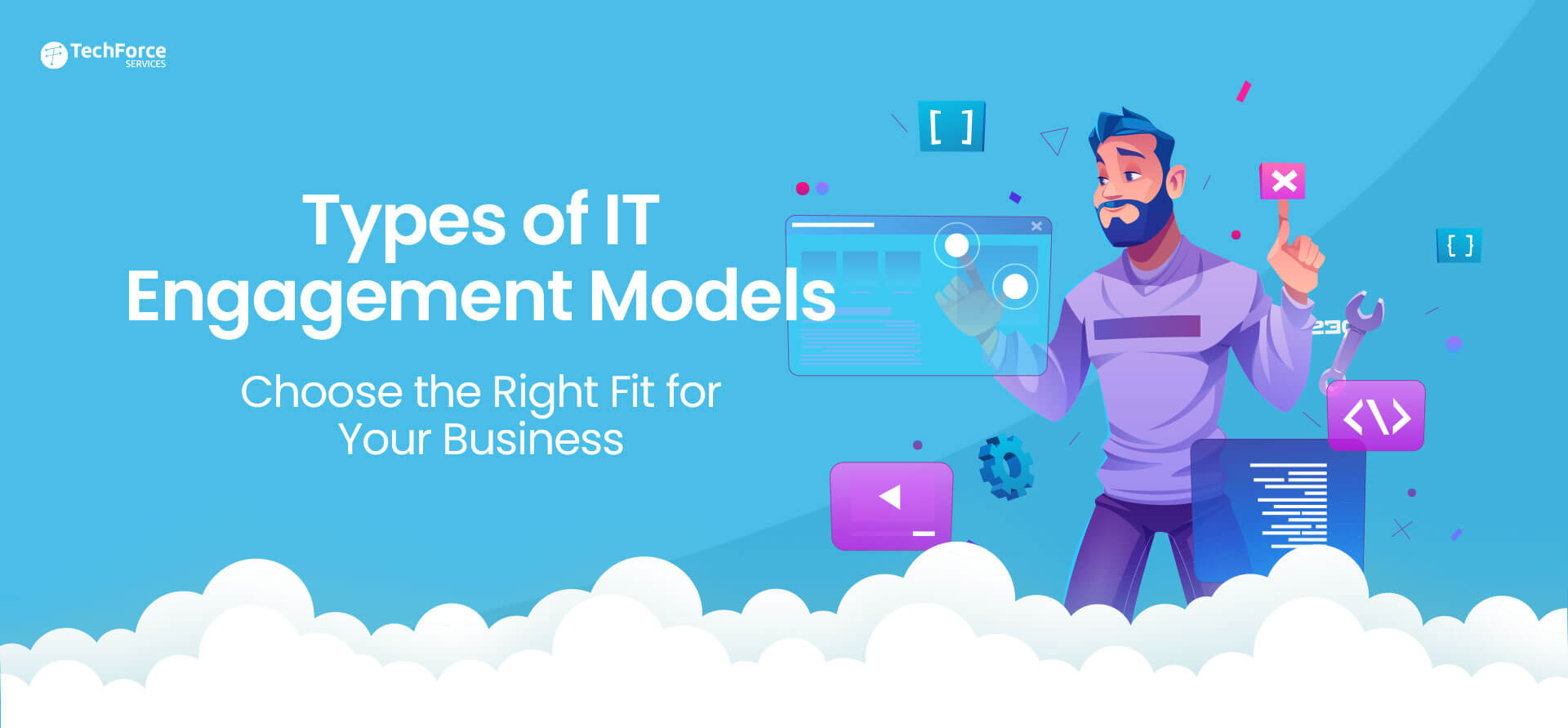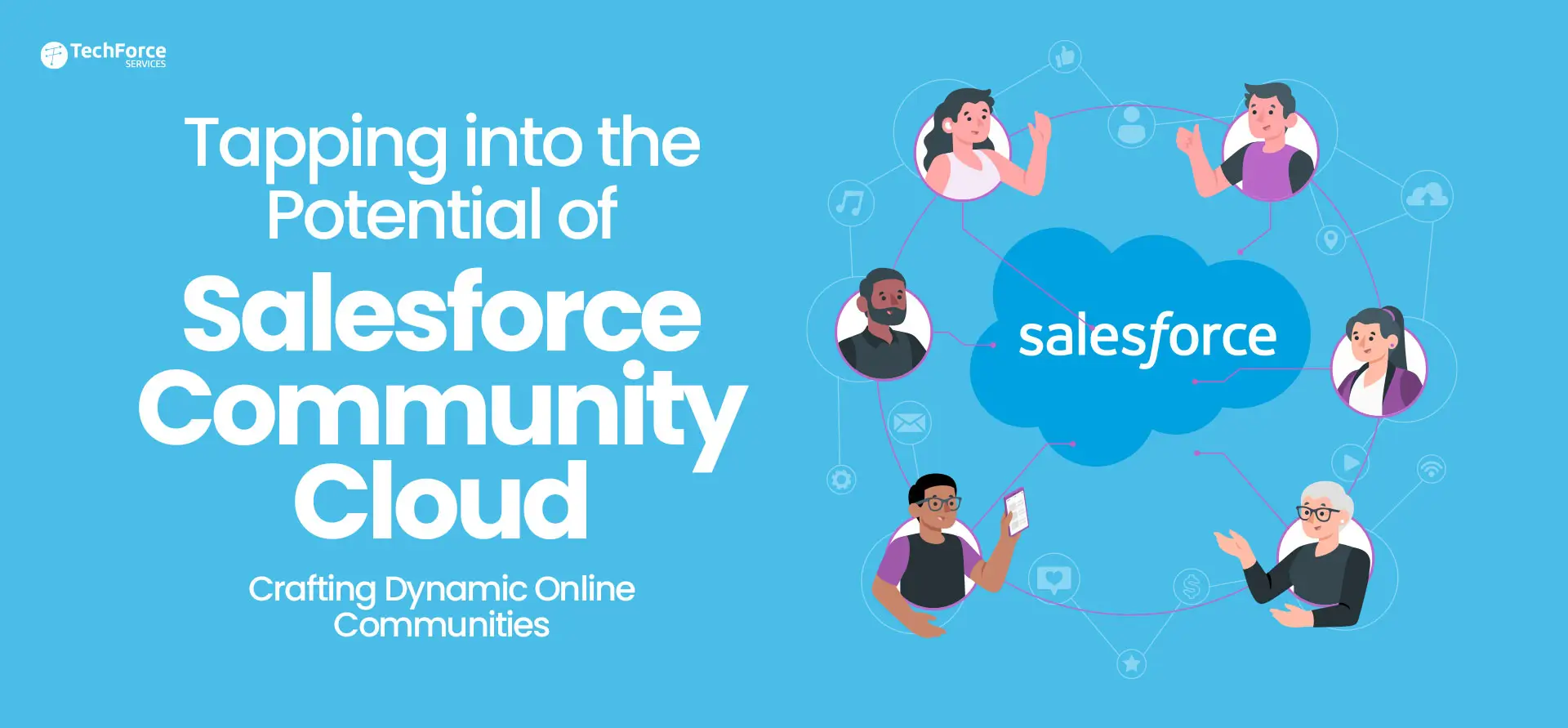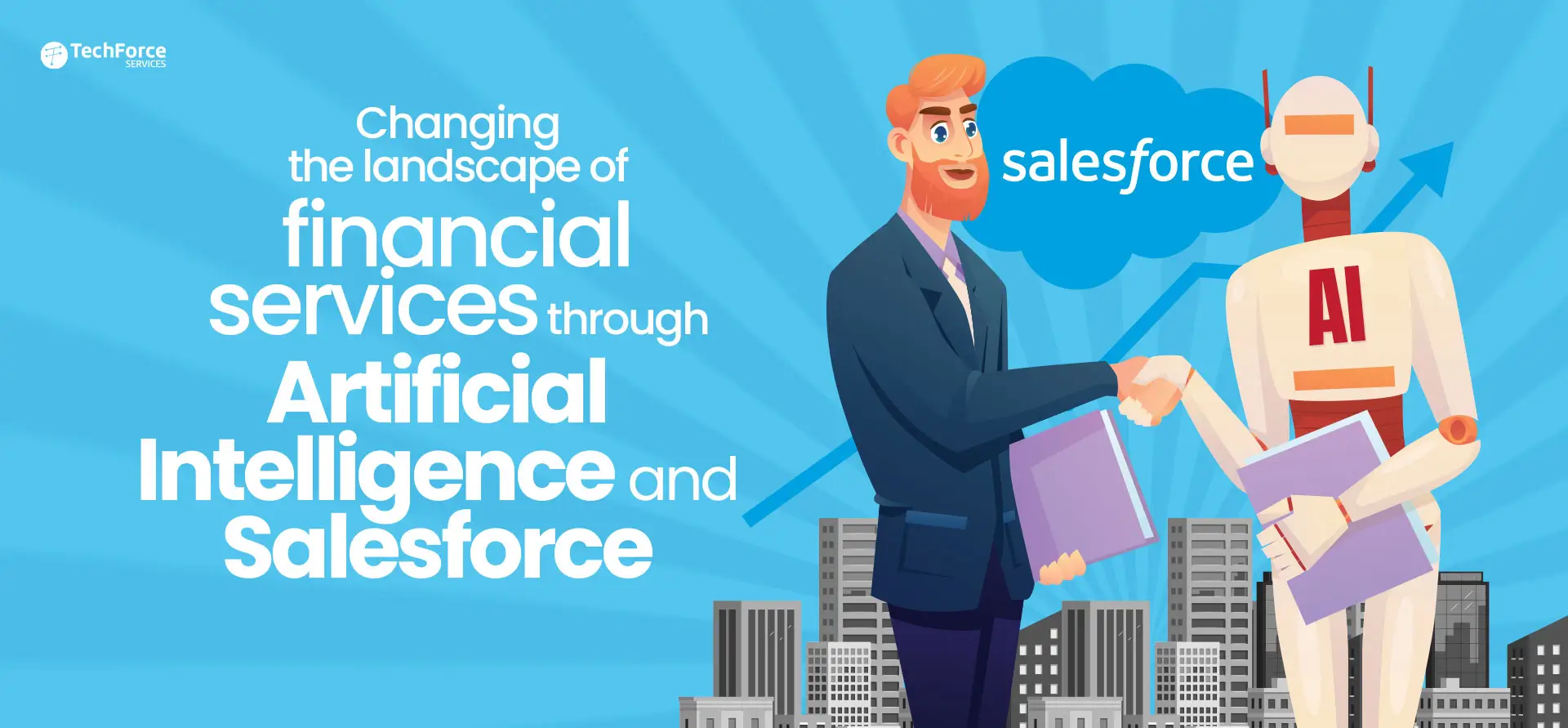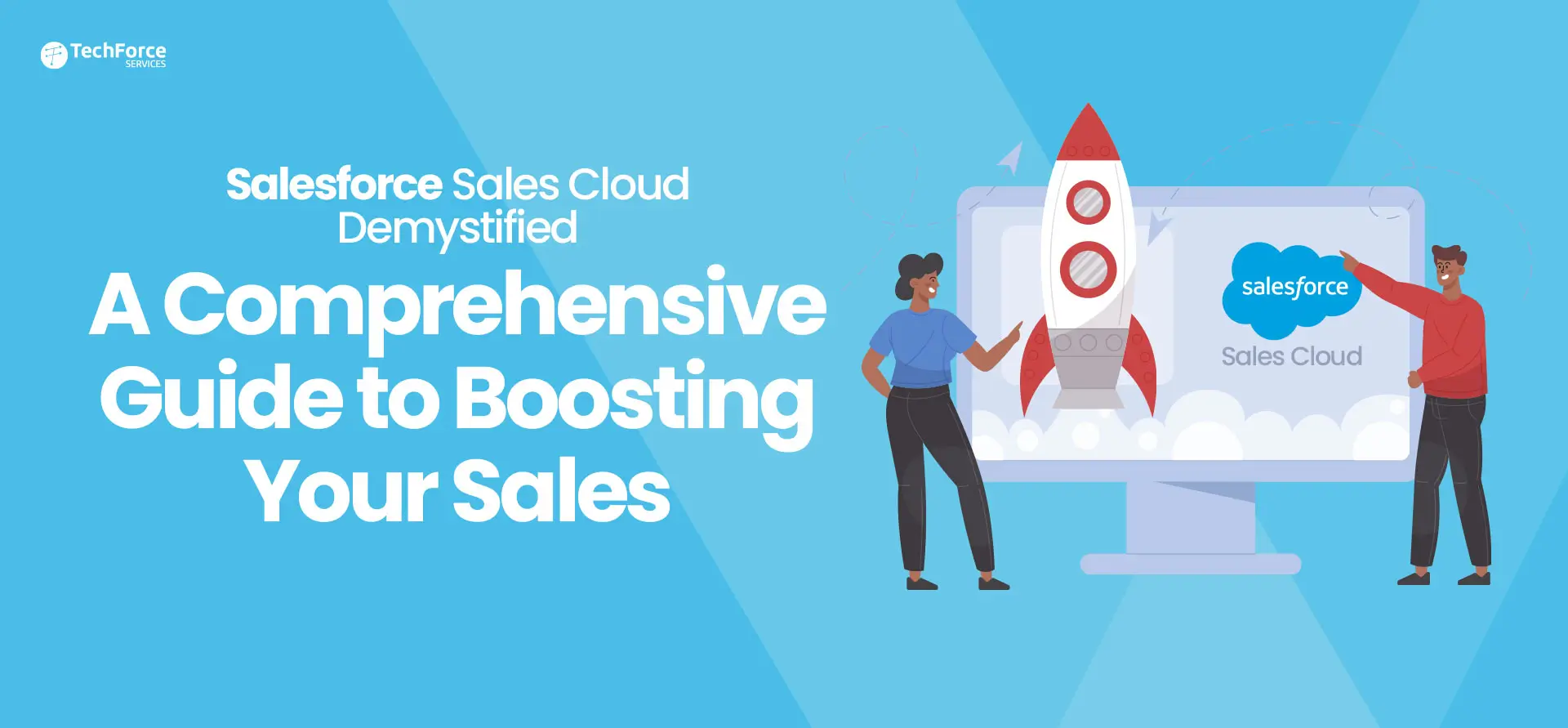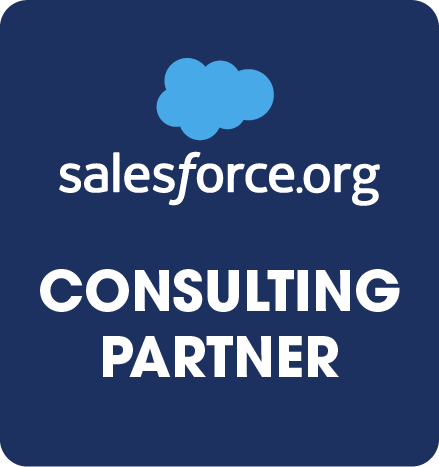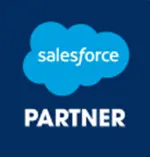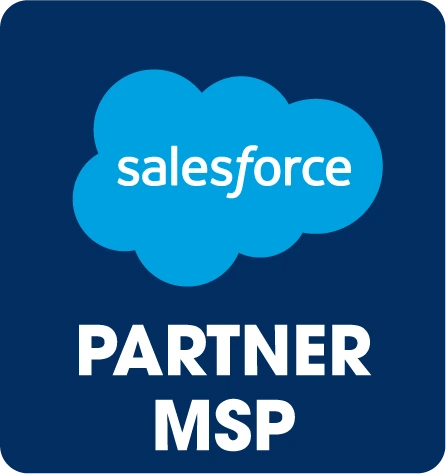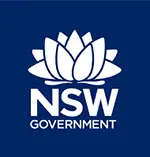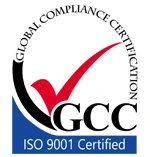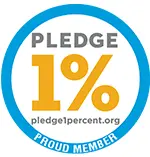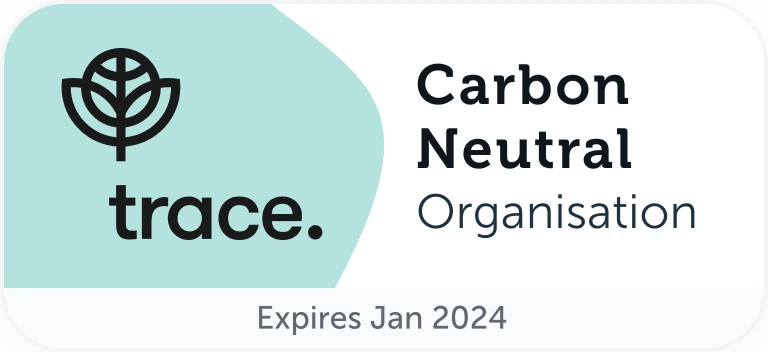What is an IT Engagement Model?
An IT engagement model refers to a framework or approach that defines the working relationship between parties involved in IT and software development projects. It outlines the structure of communication, collaboration, management, pricing, and other key aspects of the engagement.
An IT engagement model serves as a guide for how the client and the service provider will interact and work together throughout the project lifecycle. It helps establish clear expectations, responsibilities, and deliverables for both parties, ensuring effective collaboration and successful project outcomes.
Types of Engagement Models
When it comes to engagement models, organizations have a range of options to choose from, and it’s important to select the one that best fits their needs. This decision should be guided by a careful consideration of the specific technological and business requirements, as well as financial and logistical factors.
Now, let’s explore some examples of IT engagement models and examine their unique features. By doing so, we can gain insights into the distinctive features of each model and better understand which one would be most suitable for a given organization.
1. Fixed Scope Fixed Price
The fixed-price model is a contractual agreement between the client and the development company, where both parties agree on a specific scope of work, time frame, and price.
Clients often have confidence in the fixed-price model because any additional expenses beyond the agreed budget are borne by the development firm. However, due to the higher risk exposure for service providers, this business model tends to be more expensive compared to others.
This model is typically used for small projects with well-defined objectives that are understood by both parties.
Here’s how it works:
- The client internally determines the project scope, requirements, and delivery deadlines.
- Based on the project specifications, the development team estimates the total project cost.
- If the offered price aligns with the client’s needs, a contract is signed. Upon project completion, the client verifies that the work is in accordance with the agreed specifications.
When should the fixed-price model be used?
- For short-term projects with limited and well-defined scopes
- When there are strict budget constraints
- When changes to the project scope are unlikely
- When the client has a clear vision and specific goals and results to achieve
- For Minimum Viable Products (MVPs) or small to medium-sized projects (SMBs)
2. Time and Materials
The time and materials model involves developers being compensated based on the amount of time and effort they invest in a project, or for the actual time spent implementing planned project functionality. It is one of the most common types of contracts used in outsourcing. This model is known for its ease of use, flexibility, and ability to adapt to changes. However, in terms of budget, the actual cost may differ from the initial plan. Payments are typically made on a monthly basis, reflecting the amount of work completed.
Here’s how it works:
- Clients define tasks or user stories that the development team will work on.
- Work is divided into sprints, typically lasting two weeks, prioritized based on dependencies.
- At the end of each sprint, there are demo, retrospective, and sprint planning meetings.
- Expenditures under the time and materials model are proportional to the time and resources invested by the development firm.
- The client is billed based on the actual time spent working on the project, either after each sprint or on a monthly basis, depending on the contract terms.
When should the time and materials model be used?
- For long-term projects with an unclear scope, where additional expertise is needed to determine the best approach.
- When adaptability to changing needs and workloads is crucial for the organization.
- When working with tight deadlines and desiring greater transparency and control over the project.
- For complex projects that require multiple sprints to be delivered.
- When the focus is on the work that needs to be done for the project’s success, rather than adhering strictly to estimates or initial project specifications.
3. Project Based Delivery
The project based delivery involves providing the client with a dedicated team that meets their specific needs. The delivery company carefully considers the required roles, technical skills, project timelines, and how team members will collaborate with the client. This model is commonly employed by companies to mitigate the risk of hiring too many permanent staff when temporary resources are sufficient for a project.
Here’s how it works:
- The client defines the specific requirements based on the project’s needs, including the desired roles, level of involvement, duration of engagement, and required technical expertise.
- The development company may suggest multiple candidates for each role.
- A cohesive unit is formed, comprising highly skilled specialists who match the requirements, and they begin working on the project.
- Team leaders oversee the project’s progress, communicate updates to the client, provide management suggestions, and ensure team members are productive.
- The IT outsourcing firm typically provides a business analyst and project manager who maintain constant communication with the client’s in-house staff.
When should the dedicated team model be used?
- When temporary augmentation of the in-house team is required.
- For long-term projects with evolving scopes or unclear project requirements.
- When there is a lack of in-house expertise and limited time or resources to hire and train an internal team for a specific project or technology stack.
- For projects with a focus on rapid growth and expansion.
By adopting the dedicated team model, organizations can effectively extend their capabilities, accommodate changing project needs, and leverage external expertise without the burden of long-term hiring commitments.
4. Onshore Model
The onshore engagement model focuses on keeping all project activities and resources within the same country or geographical region as the client’s location. It fosters effective communication, collaboration, and cultural alignment, which can contribute to the successful delivery of the project while mitigating challenges associated with distance and time zone differences.
How does it work?
- Identify Project Requirements: Determine project objectives, scope, budget, and collaboration needs.
- Assess Resource Availability: Evaluate availability of skilled professionals in the same country or region, considering language, culture, and time zone.
- Select an Onshore Partner: Choose an IT service provider or development company in the same country or region based on expertise and track record.
- Establish Clear Agreements: Define terms, including scope, pricing, timelines, and responsibilities.
- Collaborate and Execute the Project: Work closely with the onshore team, leveraging proximity for effective communication and project execution.
- Monitor and Track Progress: Continuously monitor project progress and address challenges promptly.
When to use the Onshore Model?
- When the project requires close collaboration and frequent communication with the development team.
- When there is a need for cultural alignment and understanding of local business practices.
- When the project involves sensitive data or compliance requirements that necessitate onshore data handling and security.
- When there is a preference for working in the same time zone to ensure real-time availability and minimize communication gaps.
5. Offshore Model
The offshore engagement model involves outsourcing project activities to a development team located in a different country or geographical region than the client. It offers various benefits, including cost savings, access to a global talent pool, and around-the-clock productivity due to time zone differences. It enables organizations to leverage the expertise of offshore teams while maintaining effective communication and project management practices. Careful planning and coordination are essential to overcome potential challenges associated with geographical and cultural differences, ensuring successful project delivery.
How does it work?
- Define Project Requirements: Clearly identify project scope, objectives, and requirements, including budget, timeline, and offshore collaboration needs.
- Assess Offshore Locations: Research and evaluate potential offshore locations based on skilled workforce, cost-effectiveness, and favorable business environment. Consider language proficiency, cultural compatibility, and time zone differences.
- Choose an Offshore Partner: Select a reputable IT service provider or development company in the desired offshore location, considering expertise, track record, and ability to meet project requirements.
- Establish a Clear Agreement: Create a comprehensive engagement model agreement outlining scope, deliverables, pricing, communication protocols, and responsibilities.
- Collaborate and Execute the Project: Work closely with the offshore team, maintaining effective communication and leveraging collaboration tools.
- Monitor and Track Progress: Continuously monitor project progress, addressing challenges promptly and implementing effective project management practices.
When to use the Offshore Model?
- When cost savings and access to a diverse talent pool are important considerations.
- When the project requires 24/7 productivity and accelerated development due to time zone differences.
- When the project scope is well-defined and there is limited need for frequent face-to-face interaction.
- When the organization is open to working with a geographically dispersed team and can effectively manage remote collaboration.
6. Staff Augmentation Model
Staff augmentation is an engagement model that involves supplementing your existing team with additional skilled professionals to meet project demands. The staff augmentation model allows organizations to leverage the expertise of professionals without the long-term commitment of hiring permanent staff. It provides the flexibility and scalability needed to successfully execute projects while optimizing resource utilization. This model allows you to scale your team up or down as needed, providing flexibility and agility in resource allocation.
How does it work?
- Identify Project Requirements: Determine the specific roles and expertise needed to support your project goals.
- Evaluate Skill Sets: Assess the skill sets and experience required for each role to ensure a seamless integration with your existing team.
- Find Suitable Professionals: Collaborate with a staff augmentation provider to identify and recruit professionals who match the desired skill sets and align with your project’s requirements.
- Onboarding and Integration: Facilitate a smooth onboarding process to integrate the augmented staff into your team. Provide necessary resources, access to systems, and clear communication channels.
- Project Execution: Assign tasks and responsibilities to the augmented staff, ensuring they work in close collaboration with your core team. Maintain regular communication to ensure alignment and progress tracking.
- Monitoring and Performance Management: Continuously monitor the performance of the augmented staff, providing feedback and addressing any issues promptly. Maintain a transparent and productive working environment.
- Adjustments and Scaling: As project requirements evolve, scale the team up or down accordingly. Flexibly adjust the resource allocation based on project needs.
When to use the Staff Augmentation model?
- When you have specific short-term project needs that require specialized skills.
- When you want to maintain control over project management while augmenting your team with additional expertise.
- When you need to scale your team quickly to meet project deadlines or handle increased workloads.
- When you want to reduce recruitment and training costs associated with hiring full-time employees.
7. Hybrid model
The hybrid engagement model combines the elements of different engagement models to create a customized approach that suits the unique needs of a project. It allows organizations to leverage the benefits of multiple models simultaneously, providing flexibility, control, and adaptability.
How does it work?
- Identify Project Requirements: Understand the specific requirements and objectives of your project, considering factors such as scope, budget, timeline, and flexibility.
- Analyze Engagement Models: Evaluate various engagement models available, such as fixed-price, time and materials, dedicated team, and staff augmentation, to determine which aspects align best with your project needs.
- Design a Customized Approach: Create a hybrid engagement model by combining elements from different models. For example, you might use a fixed-price model for a well-defined project scope, while incorporating staff augmentation for additional expertise or flexibility.
- Establish Clear Agreements: Define the terms and conditions of the hybrid engagement model, including project scope, pricing structure, timelines, and roles and responsibilities of all parties involved. Ensure that the agreements are detailed and specific to avoid any misunderstandings.
- Execute the Project: Implement the project plan according to the hybrid engagement model. Assign tasks, manage resources, and maintain effective communication between teams and stakeholders.
- Monitor and Adjust: Continuously monitor the progress of the project and assess its alignment with the hybrid engagement model. Make adjustments as needed to ensure that the project stays on track and meets the desired outcomes.
When to use the Hybrid Model?
- When your project requirements are diverse and cannot be fully met by a single engagement model.
- When you need a flexible approach that can adapt to changing project dynamics and requirements.
- When you want to maintain control over certain aspects of the project while leveraging external expertise or resources.
- When you aim to balance cost-efficiency, risk management, and project outcomes by combining different models strategically.
The hybrid engagement model offers organizations the flexibility to tailor their approach based on specific project needs. It allows for a customized blend of engagement models, empowering businesses to optimize their resources, mitigate risks, and achieve successful project outcomes.
How to Choose the Right Engagement model?
Selecting the right business engagement model can greatly improve collaboration and productivity in the workplace. However, it’s crucial to choose a model that is well-suited to the specific requirements and objectives of the project. The process of adopting an IT engagement model involves several important stages. Let’s take a look at these phases:
1. Understand Your Business Needs
To start implementing an IT engagement model, the first step is to clearly define your business needs. Take the time to identify the challenges you want to address, determine the desired outcomes, and assess the resources available to you.
2. Evaluate Different IT Engagement Models
Consider the specific requirements of your project, including its scope, budget, timeframe, and the level of control and flexibility you require. Assess various IT engagement models to find the one that best aligns with your needs.
3. Choose the Right Partner
Find a reputable and knowledgeable partner who has expertise in your industry. Look for a track record of successfully completing projects on time and within budget. Selecting the right partner is crucial for a successful engagement.
4. Establish an Agreement
Create a comprehensive engagement model agreement that clearly outlines the scope of work, project timelines, pricing, and project management approach. This agreement should be detailed and specific to ensure all parties are aligned.
5. Execute the Project
Set up your project team, develop project plans, and assign tasks and responsibilities to team members. Establish effective communication protocols and project management methods to ensure a smooth and successful project implementation.
6. Monitor Progress
Keep track of key performance indicators (KPIs) such as project timeline, budget, and quality to identify any potential issues or challenges. Regularly review progress to make informed decisions and take corrective actions if necessary.
7. Evaluate the Project's Success
Perform a thorough post-project assessment to evaluate the strengths of the project and identify areas for improvement. Consider implementing task automation or utilizing popular IDEs to enhance efficiency. Ensure that all project milestones have been achieved and that the development team has been fairly compensated for their efforts.
Questions to Consider Before Making a Decision
In order to select the appropriate engagement model for your project, it is important to answer a series of questions that will help you understand your needs. Consider the following list of questions related to your project and take time to reflect on the answers:
- Type of project: Is your project relatively simple or complex in nature?
- Budget: Are you working within a strict budget constraint or are you open to adjusting the budget if necessary?
- Flexibility: Do you require the ability to make flexible decisions or change project requirements during the development process?
- Time frame: Is it crucial for the project to be completed as soon as possible, or do you have a specific deadline in mind?
- Project management: Do you possess the necessary expertise to manage the product development internally, or would you prefer to delegate this responsibility to a third-party?
- Expertise: Do you require additional specialized expertise to augment your existing team, or would you benefit from a dedicated team with specific skills?
By answering these questions, you will gain valuable insights that will help guide your decision-making process in choosing the most suitable engagement model for your project.
Conclusion
If you are searching for the right engagement model and a dedicated team that seamlessly collaborates with your own, delivering outstanding results, your search ends here. Our dedicated teams are committed to helping you turn your product dreams into a tangible reality.

